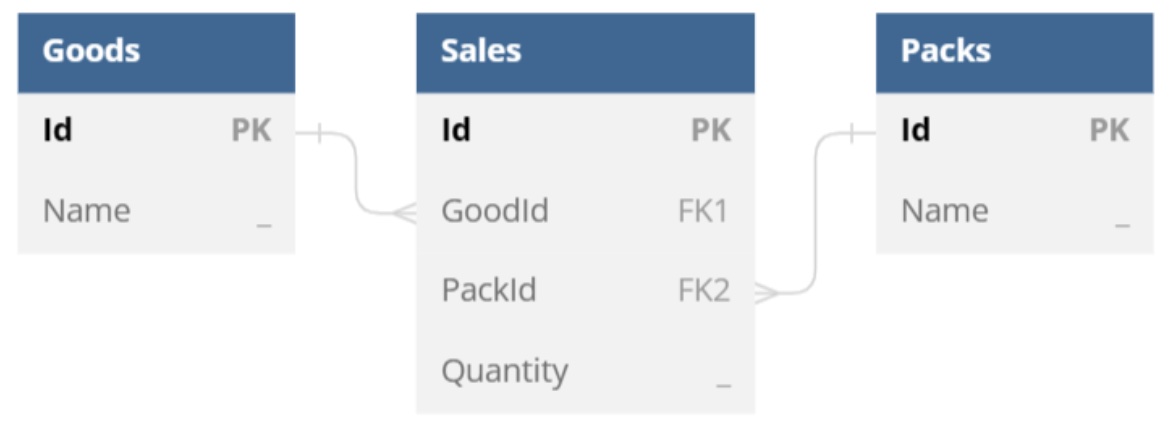Working with Table-Column Data Bands
You can build tables growing horizontally rather than vertically by using table-column data bands.
A table-column data band represents a data band, which body occupies a rectangular area of cells of a single document table. The body of such a band starts at the beginning of the top-left cell of a corresponding area and ends at the end of its bottom-right cell. Typically, this area consists of one or several table columns as follows.
| ... | <<foreach ... -horz>> ... | ... | ... | ... |
| ... | ... | ... | ... | ... |
| ... | ... | ... | ... <</foreach>> | ... |
Note – The horz switch instructs the engine to affect table columns rather than rows.
However, unlike table-row data bands able to capture only whole rows, table-column data bands can occupy columns even partially as shown in the following template snippet.
| ... | ... | ... | ... | ... |
| ... | <<foreach ... -horz>> ... | ... | ... | ... |
| ... | ... | ... | ... | ... |
| ... | ... | ... | ... <</foreach>> | ... |
| ... | ... | ... | ... | ... |
Let us consider typical use cases for table-column data bands at first defining ds, a DataSet instance containing DataTable and DataRelation objects according to the following data model.

The most common scenario for a table-column data band is building of a document table that represents a list of items side by side. You can use a template like the following one to achieve this.
| Good | <<foreach [s in ds.Sales] -horz>><<[s.Goods.Name]>> | Total: |
| Pack | <<[s.Packs.Name]>> | |
| Sold Quantity | <<[s.Quantity]>><</foreach>> | <<[ds.Sales.Sum(s => s.Quantity)]>> |
In this case, the engine produces a report as follows.
| Good | Drinking Water | Drinking Water | Mineral Water | Mineral Water | Total: |
|---|---|---|---|---|---|
| Pack | 1.5 L | 500 ml | 1.5 L | 500 ml | |
| Sold Quantity | 12 | 27 | 5 | 13 | 57 |
To grow a document table horizontally by filling it with master-detail data, you can use nested table-column data bands like in the following template.
| Good/Pack | <<foreach [g in ds.Goods] -horz>><<[g.Name]>> | <<foreach [s in g.Sales] -horz>><<[s.Packs.Name]>> | Total: |
| Sold Quantity | <<[g.Sales.Sum(s => s.Quantity)]>> | <<[s.Quantity]>><</foreach>><</foreach>> | <<[ds.Sales.Sum(s => s.Quantity)]>> |
In this case, the engine produces a report as follows.
| Good / Pack | Drinking Water | 1.5 L | 500 ml | Mineral Water | 1.5 L | 500 ml | Total: |
|---|---|---|---|---|---|---|---|
| Sold Quantity | 39 | 12 | 27 | 18 | 5 | 13 | 57 |
You can normally use common data bands nested to table-column data bands as well like in the following template.
| Good | <<foreach [g in ds.Goods] -horz>><<[g.Name]>> |
| Sold Packs | <<foreach [s in g.Sales]>><<[s.Packs.Name]>> <</foreach>><</foreach>> |
In this case, the engine produces a report as follows.
| Good | Drinking Water | Mineral Water |
|---|---|---|
| Sold Packs | 1.5 L 500 ml |
1.5 L 500 ml |
Note – Table-column data bands can themselves be nested to table-row data bands (see “Working with Cross (Pivot) Tables” for details), but not conversely: Nesting of table-row data bands into table-column data bands is forbidden.